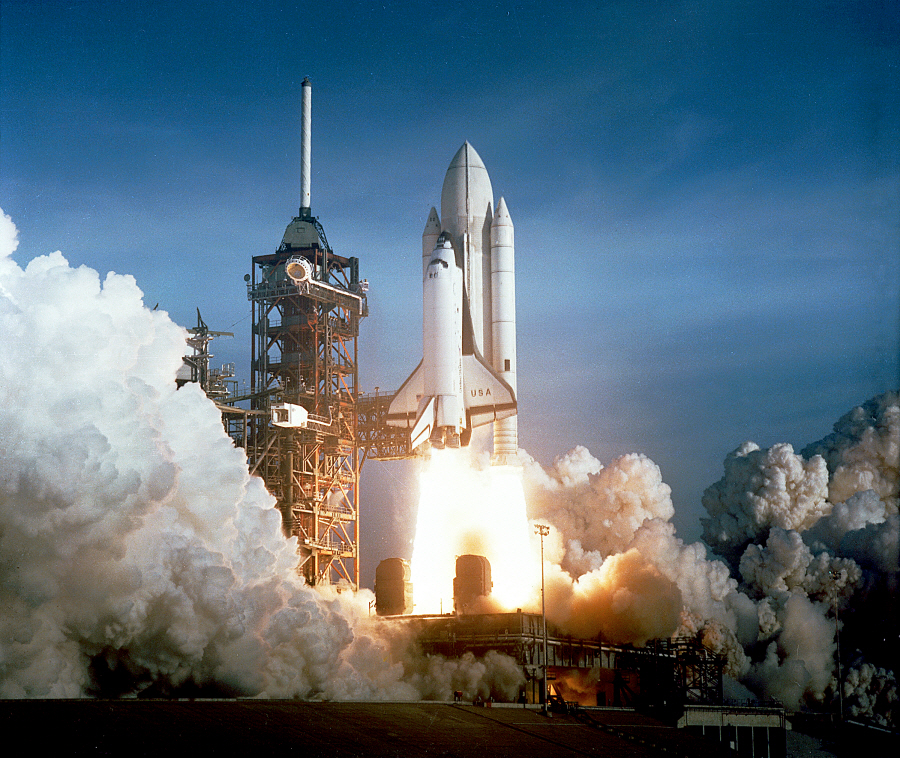
This article is written referring to the article “Future Assignment for Leap into Space Powers” written by Koo Bun Hyuk in the Korean science magazine, Popular Science.
On Jan. 30 in this year, Korea Aerospace Research Institute (KARI) succeeded in launching NARO (KSLV-I), the first national space launch vehicle after three attempts. Hereby, a new chapter in national space development history opened. However, several experts say that Korea still must do several things to join the ranks of the real space powers.
Although the first stage of NARO was an imported complete product of Russia, the success of NARO means that Korea obtained an operation technique of space launch. Moreover, from the technical skills attained from NARO, the government made a plan for the development of the KSLV-II, the first national low Earth orbit space launch vehicle for application satellite until 2021. However, KARI set the goal of launching the KSLV-II in 2018, three years earlier than the first master plan. This project is expected to be a milestone that tests Korea’s possibility ability to join the space powers.
Experts emphasized that support of the government in budget and manpower is essential to successfully finalize the research and development (R&D) of the KSLV-II. However, in opposition to this situation, the R&D budget in the field of space and aviation has decreased every year. In fact, according to the report, “2013 the government R&D investment direction and standards hearing”, the scale of investment in the fields decreased by 15% and 21% respectively. The budget for space development was substantially decreased by 31% from 350 billion KRW in 2007 to 240 billion KRW in 2012. Considering the growing space development budgets in powers such as the U.S.A., Japan, and China, it could be a more serious situation that leads to a decline in competitiveness.
In addition, the lack of manpower in the space field is very severe. National manpower participating in the development of NARO was only about 400 people: 200 researches from KARI and the other 200 from industry. In the case of the Russian company involved in the NARO, the staff of Khrunichev Space Center and engine manufacturing corporate was over 45,000. Moreover, national manpower for space development is just above 2000, and the number has remained stationary for many years. Professor Kwon, Sejin (Department of Aerospace Engineering, KAIST), stated, “It is impracticable to expect the magnitude of investment in human and material resource like in top space powers. However, the government has to increase the related budget at least as times and to expand private sector participation to catch up with the powers.”
Lastly, the government should nurture the private sector industry for a solid foundation of space development, like Prof. Kwon has stated. Actually, until now, national R&D of aerospace technology has centered upon KARI, the government-supported research institute. This system may be ineffective. Like in advanced countries, private industry should be equipped with the technology that can make a complete product from components design to manufacturing and assembling.
Despite its small size, Korea has achieved top-class outcomes following traditional space powers. If Korea has a long term vision and spares no support in space development, future of space power Korea is not too far.
м Җмһ‘к¶Ңмһҗ © нҸ¬н•ӯкіөлҢҖмӢ л¬ё л¬ҙлӢЁм „мһ¬ л°Ҹ мһ¬л°°нҸ¬ кёҲм§Җ


